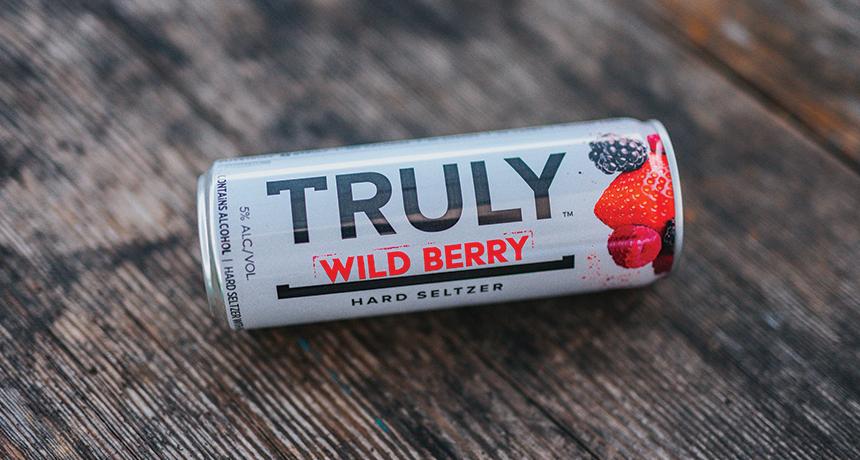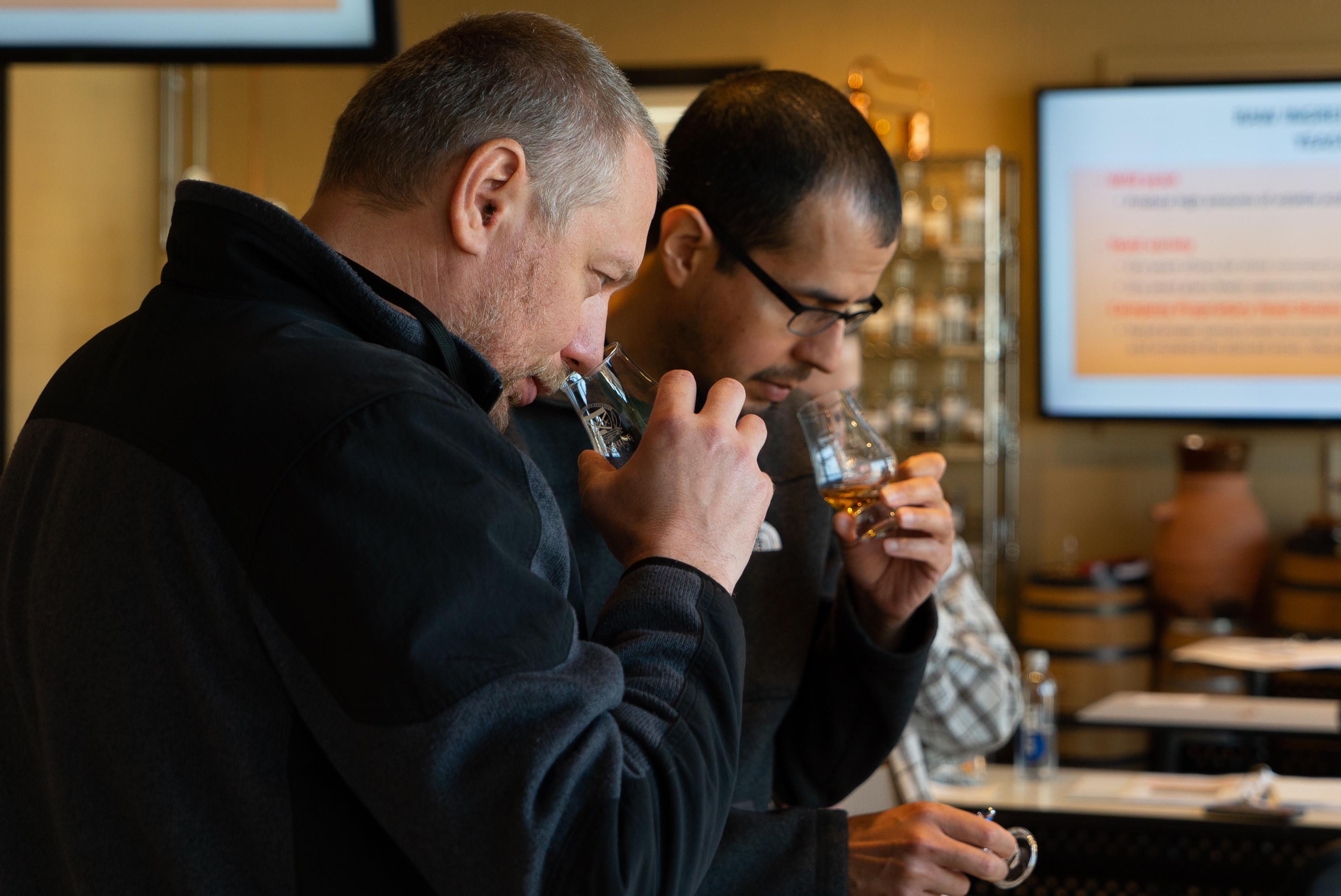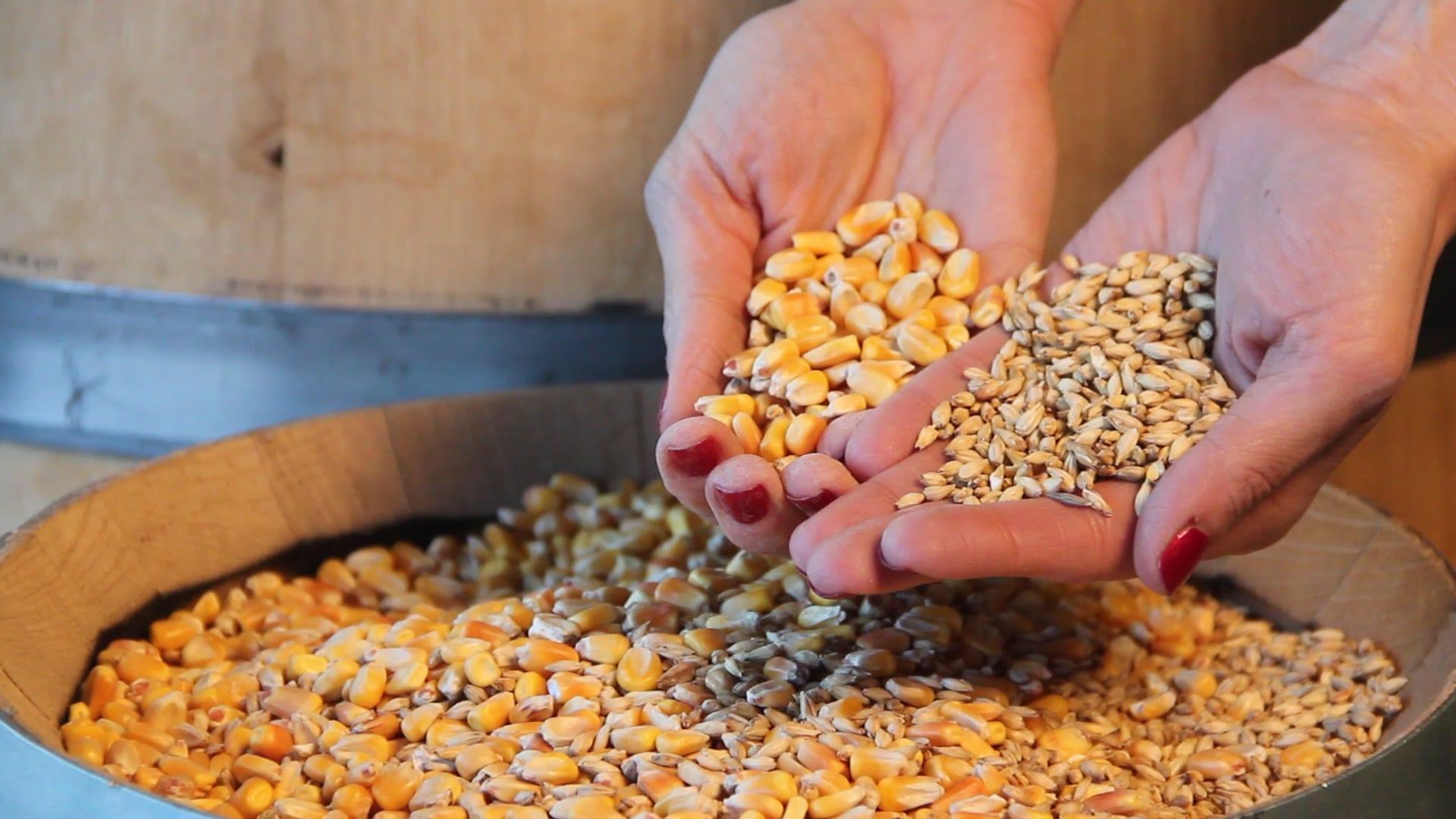
The Art of Non-Alcoholic Spirits
blog
For decades, spirits and cocktails have fostered a culture of craft, connection, and celebration. But over time, cocktail culture has evolved far beyond the buzz!

Written by Scott Rosenbaum, Ah So Insights. Originally published here.
Recent reports of the death of hard seltzer are greatly exaggerated. Here are three articles that show the media's prioritization of eye-catching, "punny" headlines over accuracy: "Hard seltzer boom goes flat," "Hard seltzer slump hits hard," and "In focus: Is the hard seltzer boom starting to fizzle out?"
A casual perusal of these and other headlines would leave one with the seemingly innocuous takeaway-"hard seltzer: it was an interesting fad while it lasted." However, this is an inaccurate picture of what's actually going on as "the hard seltzer sector continues to grow apace in absolute terms." So, let's break down how this happened and how the concept of overfitting explains why we mistake headlines for news…
Real analysis begs for context, and the context surrounding hard seltzer reveals that:
- Hard seltzer could account for 10% of total beverage alcohol sales by 2025, according to a report from financial services firm Credit Suisse.
- "There is too much focus on how large seltzer can be as a percentage of US beer," the Credit Suisse Equity Research Americas team wrote. "We think that is [the] wrong metric, given that 50% of share is gained from wine and spirits."
But wait a minute-didn't all the recent headlines say hard seltzer was dead? What's going on? This is most likely a case of the tail wagging the dog. The tail in this metaphor is Boston Beer shareholder's expectations. The dog is our collective understanding of hard seltzer as a category.
According to Jordan Valinsky of CNN Business:
Essentially, Boston Beer disclosed that it might have bet too big on hard seltzer. Investors balked and the stock plummeted. This, in turn, grabbed the attention of journalists, who wrote stories. The dysfunction occurred when headline writers overfit these articles with an ersatz narrative about the death of hard seltzer.
Overfitting is a concept drawn from data science. It occurs when a statistical model fits exactly against the data used to produce it. It's not missing the forest for the trees. Overfitting is missing the trees (data) for the forest (pattern). The problem with overfitting is that it biases us to narratives where there might not be any. We, as humans, want to see patterns.
The desire to get the smaller story-Boston Beer stock dropping-to align within a larger model left us all with the mistaken idea that hard seltzer is "over." The whole scenario illustrates why understanding overfitting is so important and how it can lead us astray. It doesn't just happen when we scan headlines.
Concerning our own behavior, Sachin Joglekar has written that overfitting "happens any time you read too much into your notions (whether right or wrong) to optimize something in your future;" as such our very desire to fine-tune something, be it process or product, puts us at odds with truly understanding that thing. People want to use models to explain data, but not all data fits neatly into models.
Still, we must train ourselves to recognize that a headline is a road sign, not a destination. We must constantly look for the context necessary to distinguish between a singular instance of something and a broader trend. Lest we want to assume the risk of prematurely writing off a category on the rise, we must redouble our efforts in questioning what is a fact and what is merely a fancy model.
If you want to stay updated on the latest industry newsletter on wine and spirits sales, branding, and more, subscribe to Ah So Insights.
Interested in advancing your knowledge of distilling and the spirits industry? Check out Moonshine University's upcoming courses to learn from the best in the business.
Written by Scott Rosenbaum, Ah So Insights. Originally published here. All views expressed herein belong to Scott Rosenbaum and do not necessarily represent the opinions of Moonshine University or its affiliates.
______________________________________
1* - Boston Beer owns Truly Hard Seltzer. Truly is America's second-best-selling hard seltzer after White Claw.
Related Content
Thinking Beyond Brand Icon: Packaging Your Product

blog
For decades, spirits and cocktails have fostered a culture of craft, connection, and celebration. But over time, cocktail culture has evolved far beyond the buzz!

blog
Those that are familiar with the process of crafting distilled spirits may also be familiar with the 10 common congeners that are created during fermentation, and honed during the distillation run. Each congener has its own distinct personality, rendering unique tastes and aromas to the finished spirit.

blog
So, you want to start distilling with freshly milled grain. Maybe you're tired of paying top dollar for the pre-milled stuff from the malt distributor, and you're ready to invest in the quality, efficiency, and bulk pricing that comes with milling your own whole grain. But where do you start?